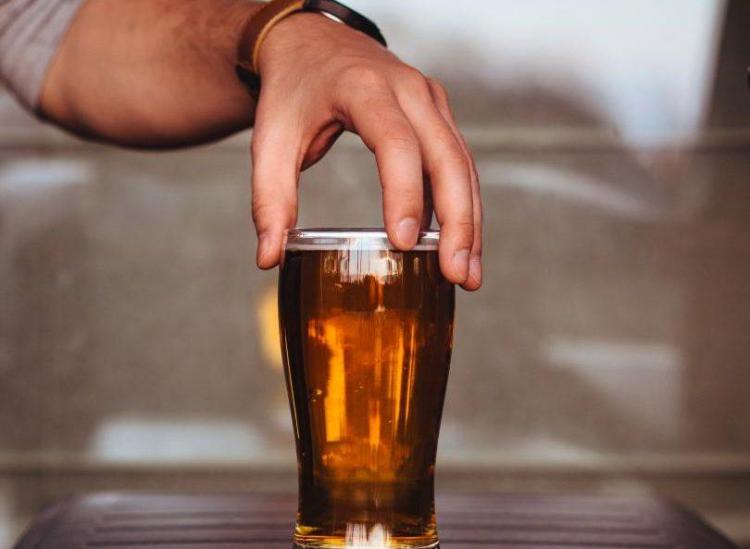You’ll Never Guess What Gross Ingredient Is Hidden In British Beers

Unsplash
Ever wonder how your beer gets its beautiful golden glow? Well, you might regret asking once we fill you in on this beloved beverage’s fishy secret.
Beermakers (particularly ones brewing in England) use isinglass, which is the dried swim bladders of fish, to speed up the process of removing excess yeast from a new batch of beer. While it would normally take a keg four days to complete this extraction process, the addition of isinglass can reduce the time down to just six hours. It’s commonly used with British cask ales, some stouts and a few lagers.
According to CJ Jackson, the director of Billingsgate Seafood Training School in London, a swim bladder is like a buoyancy aid in round fish that keep them upright as they navigate open waters. And around the 5-minute mark in the video below, you can see how exactly a swim bladder in a fish is located and removed. Spoiler alert: it’s not pretty.
Jackson explains in the BBC documentary that fish bladders were originally taken from beluga sturgeons in the 18th century, but since they’re now a critically endangered species, British beermakers use Vietnamese catfish or Pangasius instead. The fish bladders are removed, processed and frozen abroad, and then shipped to the UK for their culinary uses.
Once fish bladders are dried, they are basically pure protein in the natural form of collagen. Manufacturers grind them into a powder, and then make either a paste or glue-like liquid out of them. After this substance is added to a barrel and effectively pulls yeast molecules to the bottom, dried fish bladder is virtually undetectable in the finished beer product (phew). But if you get a pint of cask ale served from too near the bottom of the barrel, you might end up with a little more than you ordered.
Bottoms up!











